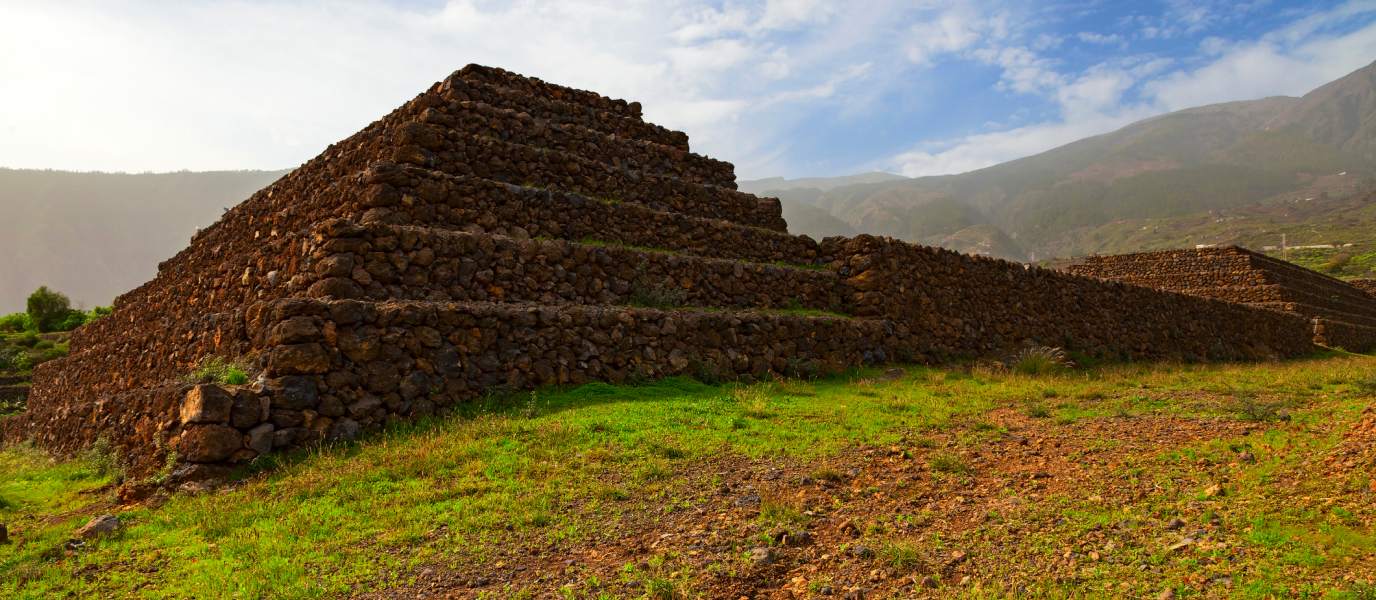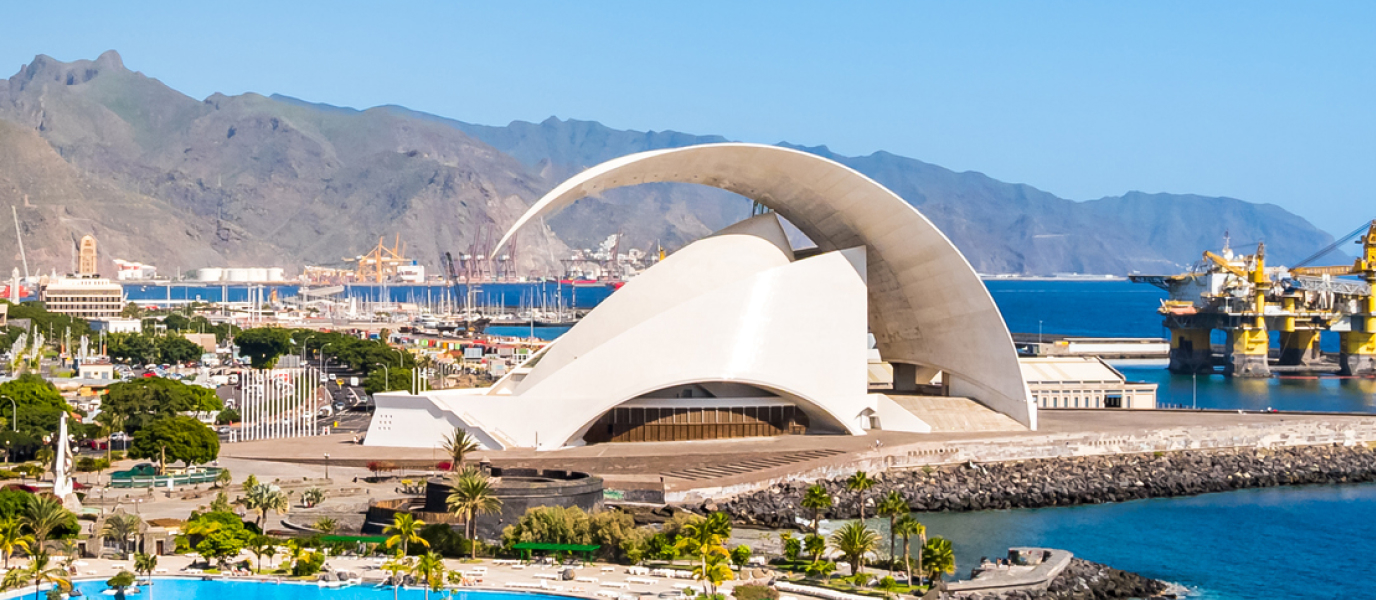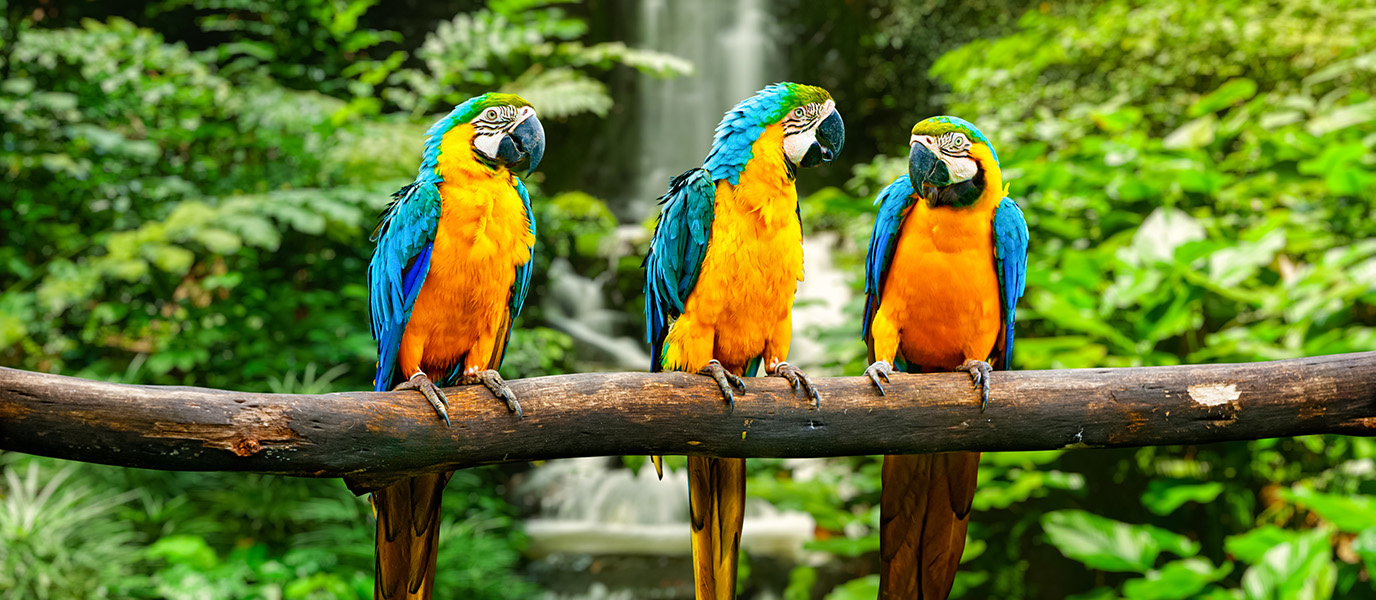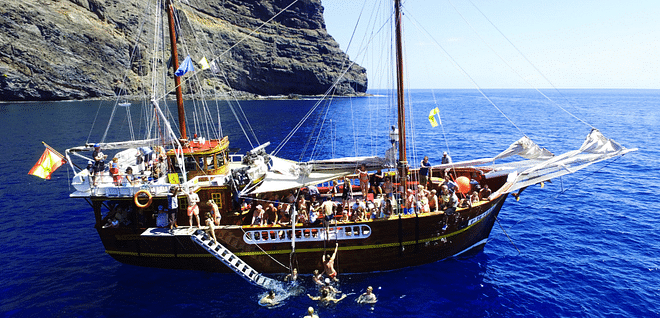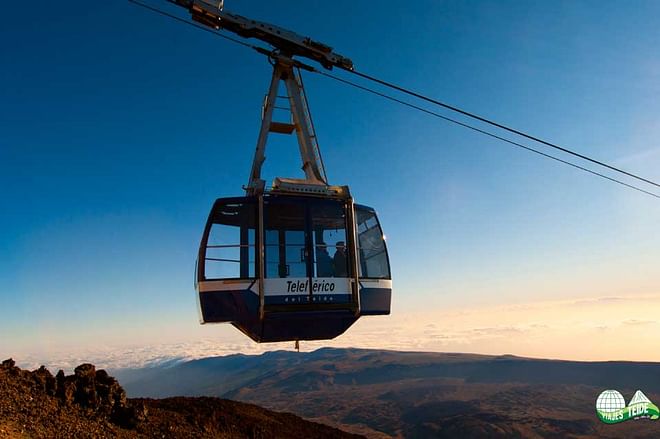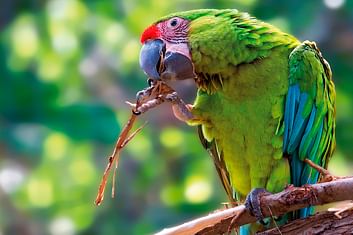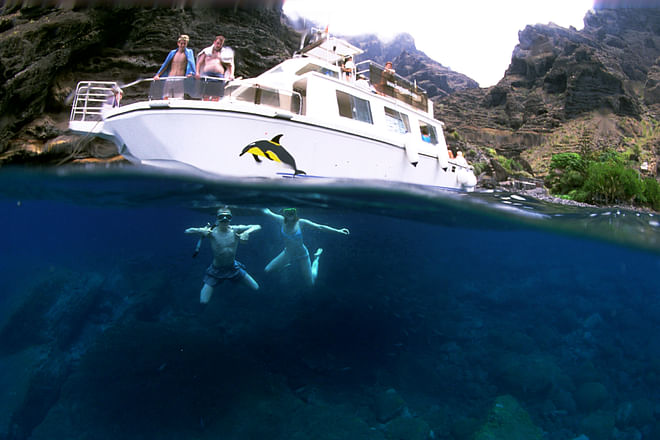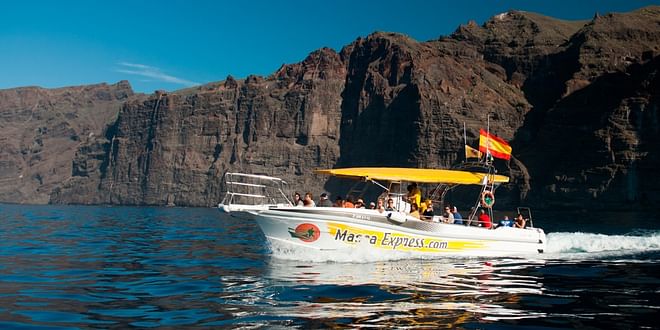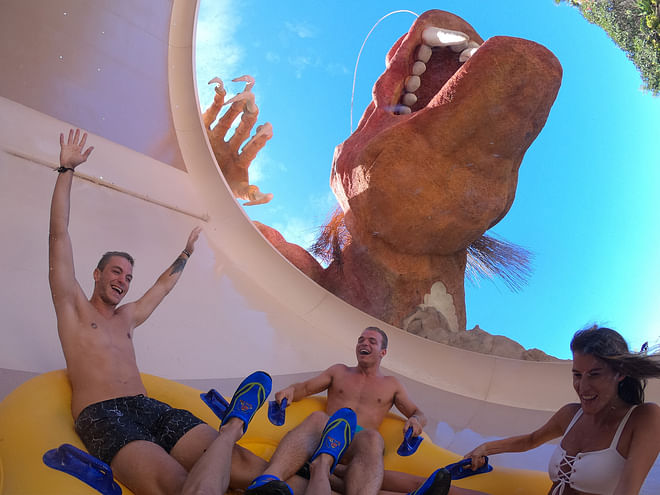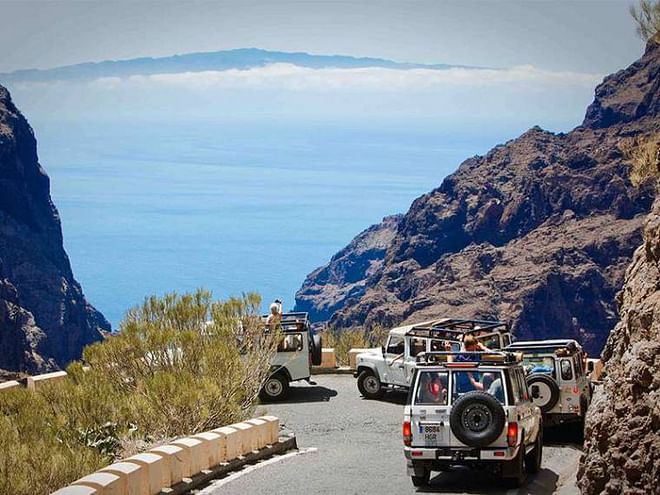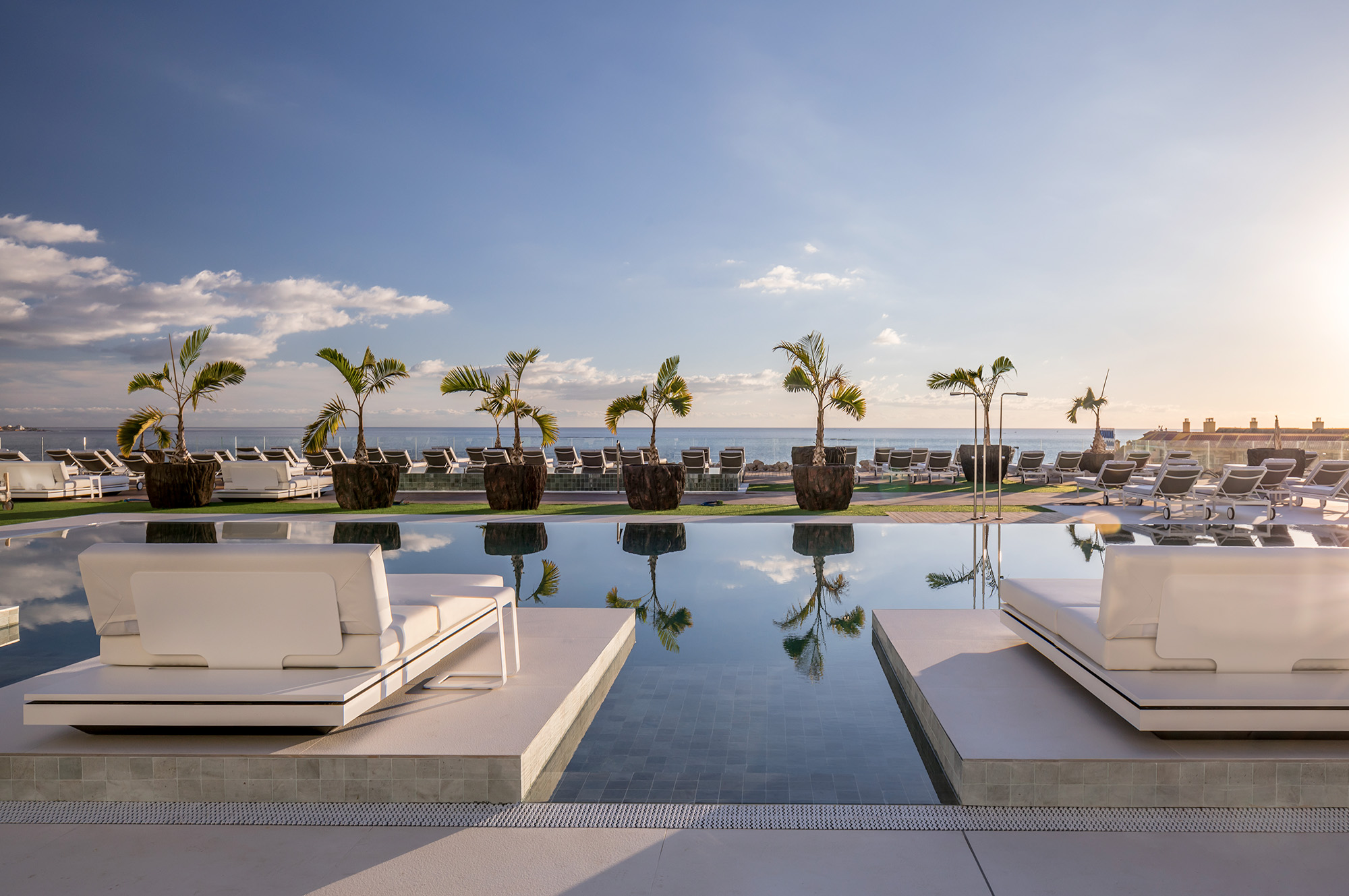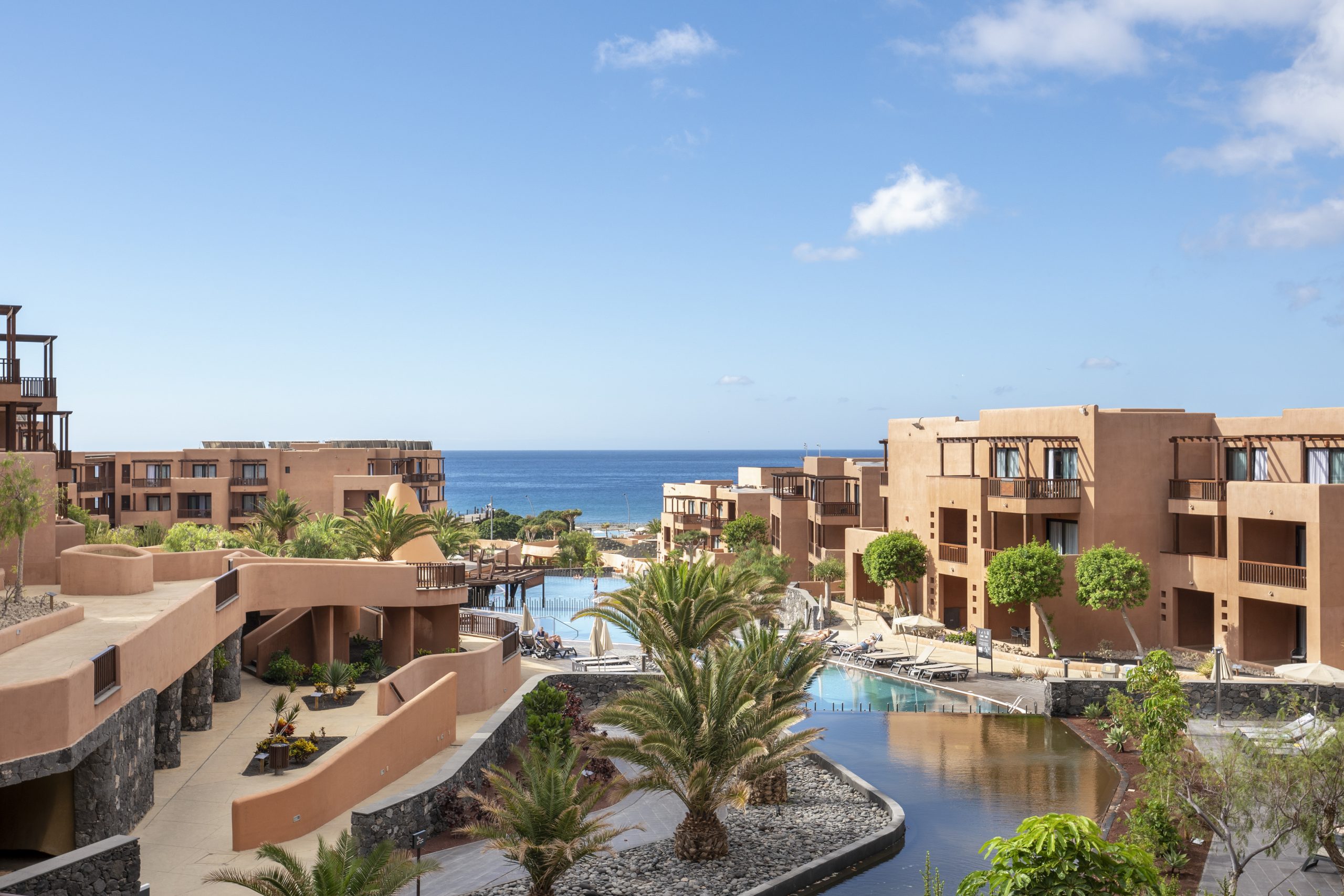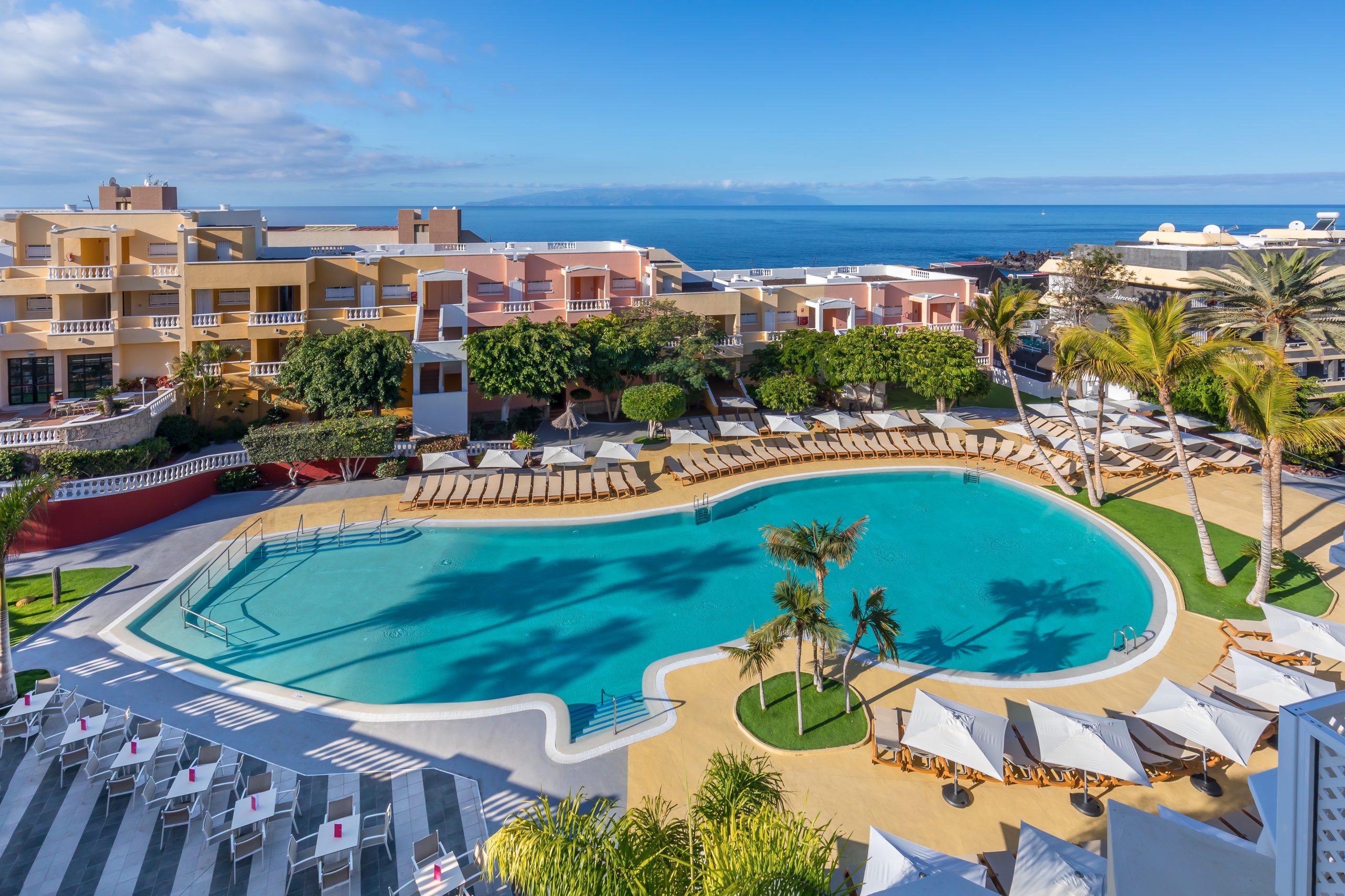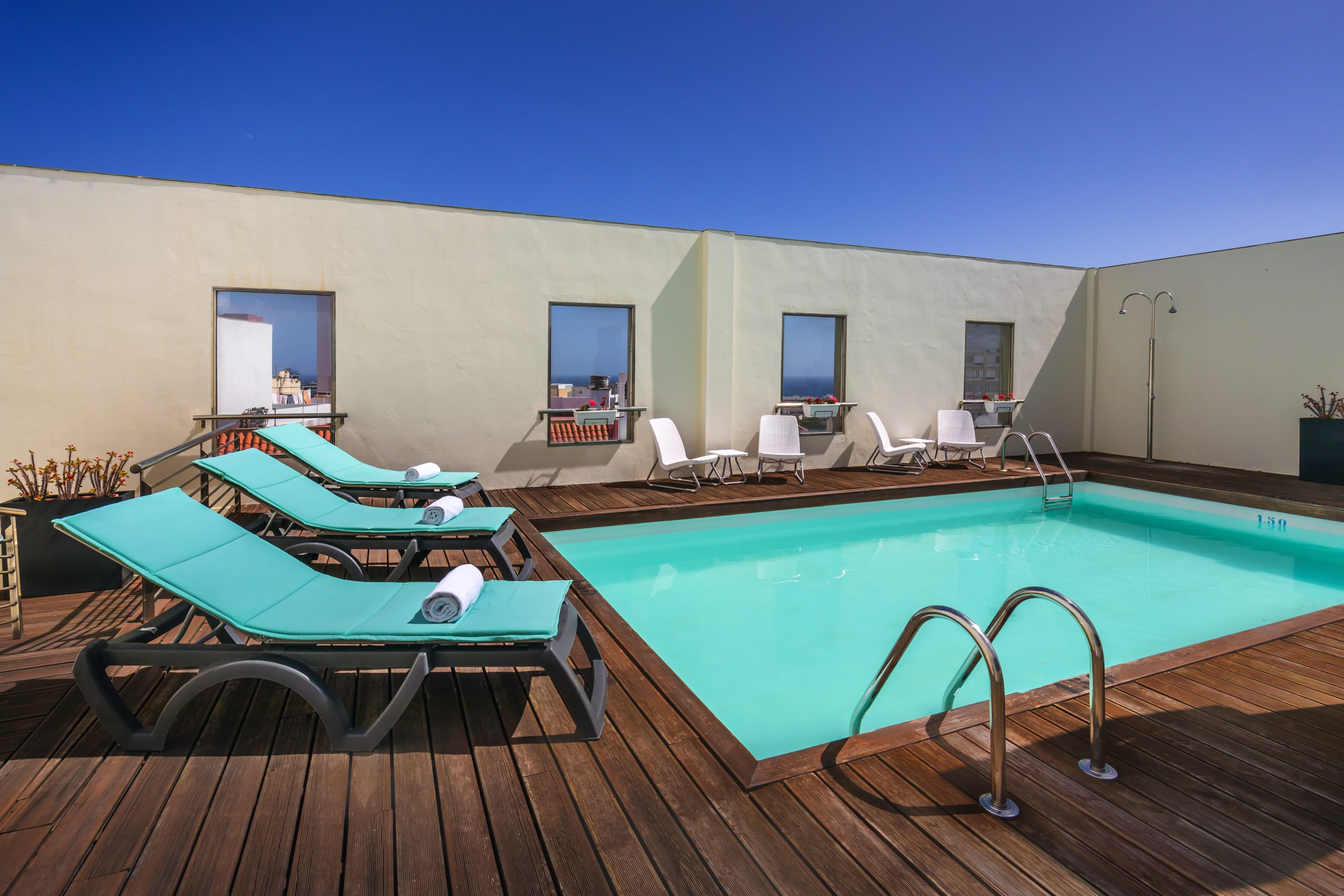Now there’s no need to travel to Egypt to see breathtaking pyramids. Because Tenerife has the famous step pyramids of Güímar: an impressive, 64,000-m2 complex which is still in existence thanks solely to the determination of the Norwegian explorer Thor Heyerdahl (1914-2002). Heyerdahl, who held a passion for ancient cultures, took on the cause of saving these pyramids, which were being threatened by an imminent building development. And he was victorious.
Thanks to Heyerdahl, today we can enjoy the Parque Etnográfico y Jardín Botánico Pirámides de Güímar [Güímar Pyramids Ethnographic Park and Botanical Gardens]. There is a total of six step pyramids in the area, which can be visited by following the footpaths. Along the way, visitors learn facts about construction of the pyramids, and can appreciate the precision with which the stones making up these structures were cut—as well as the steps leading up to the apex. Visitors will also find out about the volcanic origins of the stone and the orientation of the axes of the complex. The site includes a museum, an auditorium and extensive landscaped gardens.
The origins of the Tenerife pyramids
The existence of these pyramids was discovered relatively recently: at the beginning of the 1990s, to be precise. It was then that the anthropologist Thor Heyerdahl, who had devoted much of his life to the study of the world’s ancient civilisations, examined the structures in Güímar, and discovered that these pyramids were very similar to others found in Sicily, Mexico, Mesopotamia, Polynesia and Peru. So, without a moment’s hesitation, Thor Heyerdahl settled in Tenerife to study the complex in situ.
There are many theories about the origins and age of these Tenerife pyramids. Some say they are mounds of stones (or majanos as they are known locally), placed there by farmers clearing the land before planting it. Heyerdahl, however, disagreed with this view, taking into account the fact that the pyramids were astronomically orientated towards the summer and winter solstices, suggesting a probable link with ancient civilisations. Another theory suggests that they were constructed during the second half of the nineteenth century by the then owner of the land, Antonio Díaz-Flores, although, admittedly, his purpose remains unknown.
Thor Heyerdahl’s campaign
As we have already said, the area where the pyramids now stand was earmarked for luxury building developments, something that Heyerdahl could not allow. So he went on the offensive, and did not give up until the land was acquired by the Fred Olsen shipping line with the aim of protecting and studying the pyramids, and setting up what is now the Güímar Pyramids Ethnographic Park and Botanical Gardens.
Subsequently, a museum was established in the former Casa Chacona, which was restored in accordance with traditional Canary Island architectural style. Here, visitors can see reproductions of ancient ethnographic and cultural works from the Old and New Worlds. Also on view are the findings of the various archaeological projects that have been undertaken at the Güímar Pyramids, together with other research into primitive navigation techniques and the use of boats made from reeds. In addition, there is an important collection of photographs of step pyramids in other parts of the world.
The complex includes an impressive auditorium, newly built as a semi-subterranean structure in order to minimise its environmental impact. The main hall can seat 164 people, and screens a documentary, in six different languages, illustrating human migration and the experiences of Thor Heyerdahl in his many trans-oceanic voyages. One of the most famous of these was the Kon Tiki expedition. It took place in 1947, when Heyerdahl crossed the Pacific Ocean in 101 days, from Peru to Polynesia, on a wooden raft. In recognition of this feat, he was awarded an Oscar by the Academy for the best documentary. Also on display is a large-scale replica of Ra II, a vessel constructed from balsa wood on which Thor Heyerdahl sailed to Easter Island in 1970.
The Güímar Pyramids and the botanical gardens
In 2017, the Güímar Pyramids attraction added ‘Botanical Gardens’ to its title. This was a right granted by the Ibero-Macaronesian Association of Botanical Gardens in order to highlight the botanical collection housed in the facility’s 20,000 m2 plus of gardens—and in recognition of the work involved in the museum and the creation of several trails devoted to the culture, history and nature of the Canary Islands.
Another fascinating attraction is the Poison Garden whose 1,500-m2 area is home to 70 species of poisonous plants from all over the world. This collection is the only one of its kind in Spain, and aims to raise awareness of the fact that some plants are harmful to health. The medicinal uses of certain species are discussed, along with the degree of toxicity of other plants, and the most dangerous plants are identified. The garden has a pleasant, peaceful setting, and appeals particularly to children. The Güímar Pyramids Park also has a full calendar of activities aimed at children.
The final attraction of the Güímar Pyramids Ethnographic Park (which is located 28 kilometres from Santa Cruz de Tenerife), is the Sustainable Garden. This covers 1,000 m2, and is the result of a partnership with the University of La Laguna to undertake environmental education projects. The garden is a reproduction of a Canary Island ravine by a water course with aquatic plants and European eels, the only freshwater fish to thrive in this kind of habitat.
Four trails in the Park of Güímar
Visitors to the Güímar Pyramids also have the opportunity to enjoy four trails on the themes of the history, botany and nature of the Canary archipelago. The first is the Ruta Botánica Canaria [Canary Island Botanical Trail], which allows visitors to see many of the Islands’ endemic species, such as the Canary Island palm tree, the cardón [or euphorbia, a species of giant cactus], the dragon tree and the Canary Island pine tree. All these are identified and the most representative are accompanied by information posters.
The second trail, known as the Ruta de Exportaciones [Export Trail], focuses on the archipelago’s most commonly exported products, including sugar cane, wine, cochineal, bananas and tomatoes. The tour concludes with a large display of vintage photographs which help visitors to understand the working of the Canary Islands’ economy from the time of the Castilian Conquest.
The Ruta Cultural [Cultural Trail] deals with several aspects of the history of the Canary Islands over the past five centuries. Agriculture, crafts, water, traditional costume, gofio [toasted flour], Guanche mythology, pirates and corsairs, the role of the Church, emigration, lizards, local sports, livestock farming and fishing are just a few of the aspects featured in the tour. And, lastly, the Ruta Volcánica [Volcanic Trail] explains the geological origins of the archipelago, and shows how the Canary Islands were formed over millions of years, along with their volcanic activity.
























































